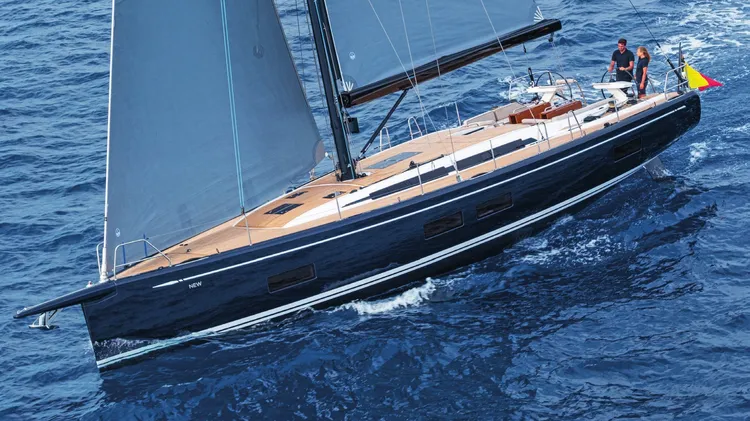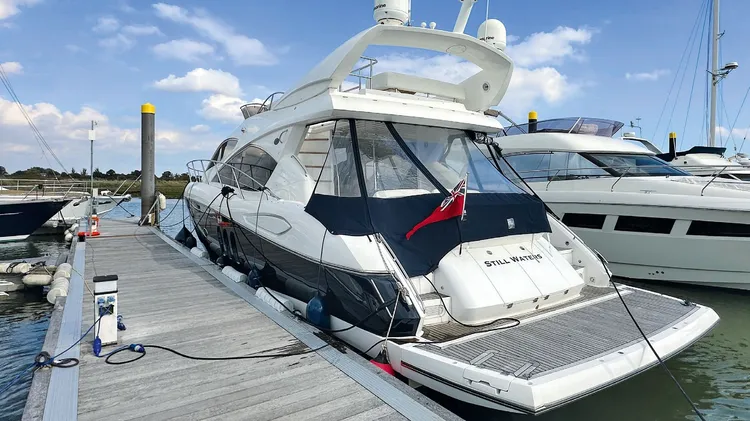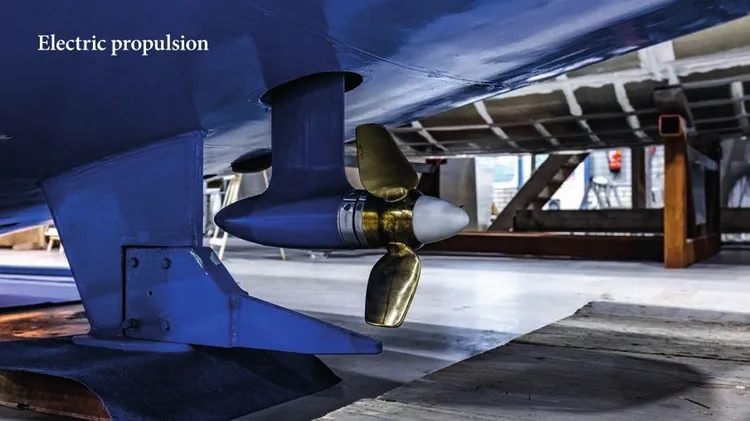The Nautitech 48 was the last yacht Marc Lombard designed prior to his prema
A fitting tribute
6 min read
This article is from...
Read this article and 8000+ more magazines and newspapers on Readly






